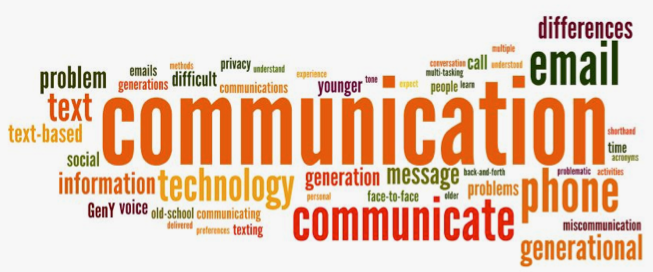
Communication is Key to Encourage Parent Engagement
My wife grew up in a Mexican-American household. She often recalls her father saying, “Outside we may be in America, but inside the house, we are in Mexico!”. This endearing comment relates the reality for many immigrant homes. If school administrators will be effective in reaching these families, it will be very important to value these differences. How can this be done?
Show that you value families’ native language
Do you see languages as a barrier or an asset? Although local laws may support native language support, immigrant parents themselves can sometimes be the party most resistant to promoting their native language at home or in the school. At times they reason that it will hinder their child’s ability to learn English. However, research is clear that strong native language skills contribute to ELL’s academic success throughout their education. What can you to help?
• Respect parents’ intentions:
It’s critical to respect parents’ wishes and goals for their children. However, explaining to parents that strong native language skills will indeed help their children in the future reassures parents that you have their children’s best interest at heart as they come to understand the value of raising bilingual children.
• Encourage native language use at home:
Don’t miss an opportunity to encourage parents to read and tell stories to their children in their native language (and explain that this will in fact help their reading skills in English), and look for ways that the school can support this important interaction by offering bilingual books in the school library and bilingual story hour and performances!
• Professional development:
It is good to provide training to all staff on the importance of maintaining students’ native language and on how to support students’ bilingual development. Understandably, many teachers still feel that the best way to help ELLs is to forbid native language use in the classroom. Keep in mind that they may in fact have students’ best interests at heart, and there may also be some anxiety about not being able to understand what students are saying. The best way to address these concerns and questions is through good professional development with an expert. Not only will the staff learn strategies that will help them and their students — it will give them the information they need to answer parents questions about this topic with confidence as well!
Find ways to communicate with ELL parents
One of the greatest challenges for schools and ELL parents is communicating with each other. While schools may feel frustrated that they can’t get their message across to parents, parents may be just as frustrated that they can’t communicate easily with the school and their child’s teacher. Parents do want to know what’s happening to their child, even if they haven’t been able to communicate that to you.
• Create a good translation process: Farin A. Houk underscores the importance of establishing two-way communication on both sides, as well as the necessity for a translation process that is “formal, steady, and reliable.” What does not work, she says, is sending notes home in English, talking slower or louder, simplified words and gestures, or using students or family for confidential or in-depth translation/interpreting. She also underscores the importance of written and oral options as alternatives for families of varying educational backgrounds.
• Encourage phone calls home: Offer staff training on how to communicate in simplified English on the phone when necessary. Many mono-lingual teachers and staff are reluctant to call homes of bilingual students because “they won’t be able to understand anyway,” which puts more burden on the rest of the bilingual staff. It is possible for each person to call home and try to communicate, whether by speaking with someone about the basics, leaving a message, or leaving a number and getting a call back from an English-speaking relative.
Make the enrollment process accessible all year long
• Keep in mind that schools must be prepared to enroll ELLs throughout the school year. Many schools are prepared to register and enroll new students only at the beginning of the school year, and anyone who enrolls after that gets a short-cut “fill and drill,” especially if no interpreters are available. Administrative assistants or ELL teachers may be pulled from their regular duties to translate and help families fill out forms; this is not an acceptable solution. Instead, consider ways that your school can establish an on-going, welcoming enrollment process for ELLs throughout the year by soliciting ideas from those who are most involved in the enrollment and intake process: main office, ELL, and bilingual staff members.
Would you like to learn more strategies to communicate effectively with ELL families? Contact us today.

